The City of Guanajuato may be the birthplace of Mexico’s Independence, but the sign stretched across the road proclaimed the town of Dolores Hidalgo to be the cradle of its independence. My visit to this tiny village was serendipitous. Wondering whether I really wanted to keep San Miguel de Allende on my travel itinerary, I’d taken a day tour from Guanajuato to check it out, and the towns of Dolores Hidalgo and neighboring Atotonilco were on the itinerary as well. Since both figured prominently in the Mexican struggle for Independence, and since 2010 is the Bicentennial of Mexico’s Independence, these two historic pueblos turned out to be the highlight of the tour.
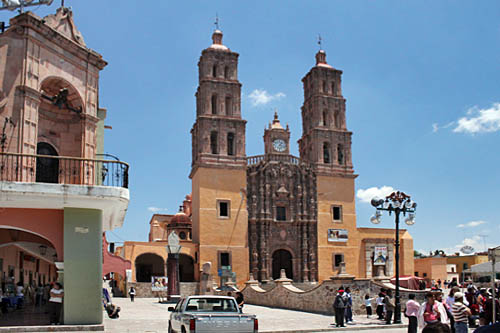
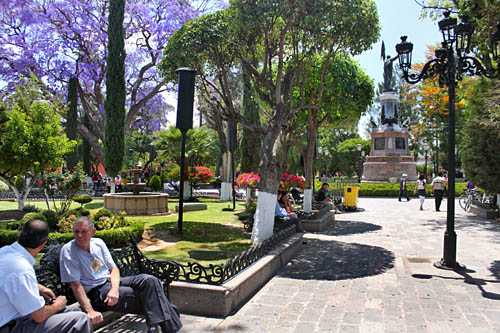
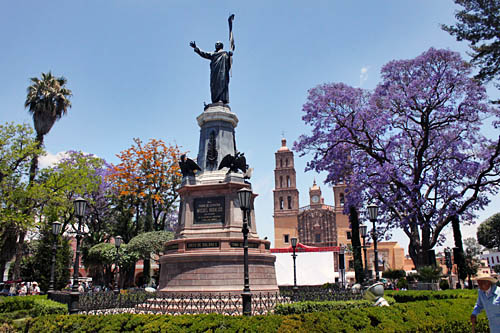
On September 16, 1810, Catholic priest Miguel Hidalgo stepped up to the pulpit in the town of Dolores and delivered an impassioned appeal for revolt against the Spanish rulers of Mexico. His timing was perfect; anti-Spanish sentiments had long been simmering and his “Grito de Dolores” (scream of Dolores) brought discontent to a boiling point.
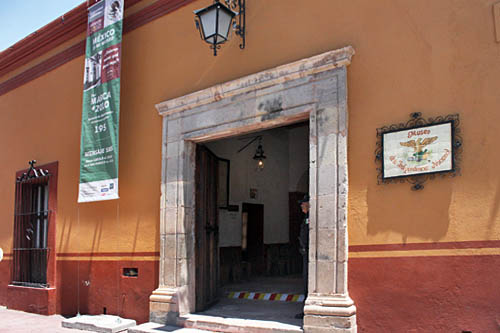
After the passionate sermon, Hidalgo marched to the town jail and freed all Mexican prisoners and before long an army of 800 had amassed. Bent on revenging three centuries of oppressive and exploitative rule by Gachupines (native Spaniards), this mob of Indians and mestizos began the long march toward Mexico City. One of their first stops was at the Sanctuary of Nuestra Señora de Guadalupe in Atotonilco, where Hidalgo affixed an image of the Holy Mother of Guadalupe to a lance as his banner.
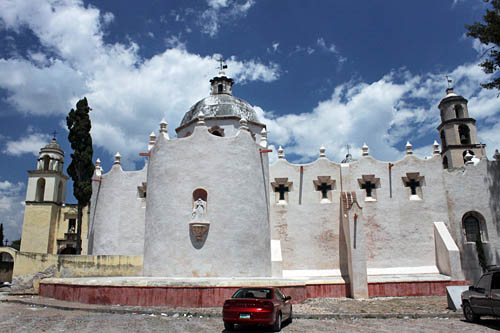
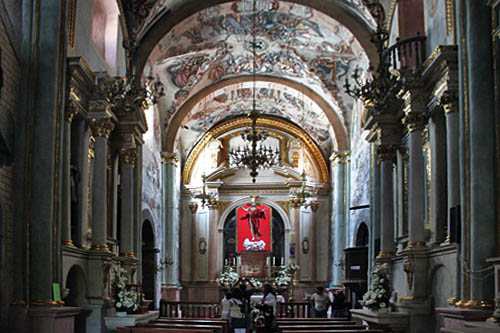
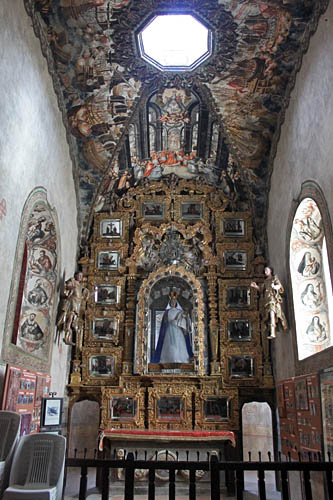

On September 28, Hidalgo and his army of insurgents marched into Guanajuato and massacred Spanish officials, soldiers, and residents in the first recorded conflict of the war. After Mexico achieved Independence in 1821, the town was renamed Dolores Hidalgo to honor the man all Mexicans consider the “Father of Independence.”
Today, Dolores Hidalgo plays an important part in Independence celebrations across Mexico. On the evening of September 15th, the Mexican President stands on a balcony overlooking the Zocalo in Mexico City – one of the largest plazas of its kind in the world – and screams out the “Grito de Dolores.” On the last year of each president’s term, it is customary for the President to reenact the Grito in the town of Dolores Hidalgo. Every September, people from across the country flock to Dolores Hidalgo to celebrate the holiday in the footsteps of the insurgents, but these days the reenactment is a lighthearted event that incorporates vendors on the Plaza who hawk colorful handmade Talavera ceramics and unique flavors of handmade ice-cream such as corn, shrimp, cheese, avocado, fried pork rind, and mole (the chocolate kind, not the animal). Yet even here, Hidalgo had a hand; it was he who encouraged the indigenous residents to develop and market the ceramics for which the town is today so famous.

Just one correction. The Santuary in Atotonilco is dedicated to Jesus of Nazareth and not Nuestra Señora de Guadalupe. It is also a World Heritage Site.
Gabino Cue que horror con este video tiene mucho parecido a la realidad! http://www.youtube.com/watch?v=dyvbVZvVsJM
Dolores Hidalgo looks like a gorgeous town with a fascinating history. I will have to make sure I get there one day! 🙂
Barbara,
Where are the people who write history textbooks? They need to take lessons from you!
I love how you summarized the history,then described how it is relevant today. To truly appreciate history, one has to understand why the historical information continues to matter so many years after the events took place. You did just that.
For Mexicans, the past is very much relevant to the present, and it makes me happy to know that you were able to present some of our traditions to the world in such an engaging format.
Gracias.
– Anis Salvesen
Hello Anis: Thank you so much for your kind comment. I must admit that I came to Mexico not knowing anything of the history. For that matter I didn’t even know it was the Bicentennial of the country’s Independence and Centennial of the Revolution. It is amazing how little we learn about the history of other countries in the U.S. But I have really loved discovering the history and traditions of Mexico and I couldn’t agree more with your statement that the past is very much relevant to the present. Barbara
I have never had the desire to travel to Mexico, but your pictures are changing my mind. Although pork rind ice cream does not. Thanks for your stories.
Reading your blogs about Mexico is like taking a course in its history. I am learning so much from reading them. And you excellent pictures transport me right there.
I’m trying to imagine what it would be like if President Obama dressed up and re-enacted the Boston Tea Party!
I love the history and how the Mexicans celebrate it!
As I spend my winter in Mexico, Puerto Escondido, Iam really enjoying your blogg. Hope you get to San Miguel,
I know there are too many expats, but it is beautifull.
And if you are in town and have time find out where Jack and Francis are playing their Mexican ballads.
In addition to the Mexican history in Dolores Hidalgo, the town looks like a pleasant place to spend time from the looks of your photos.